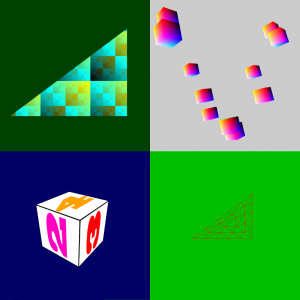Secure Use of Cryptographic Libraries: SPARK Binding for Libsodium
The challenge faced by cryptography APIs is to make building functional and secure programs easy for the user. In this blog post I will present you how I created a SPARK binding for Libsodium, using strong typing and preconditions/postconditions to enforce a safe and functional use of basic cryptographic primitives.
